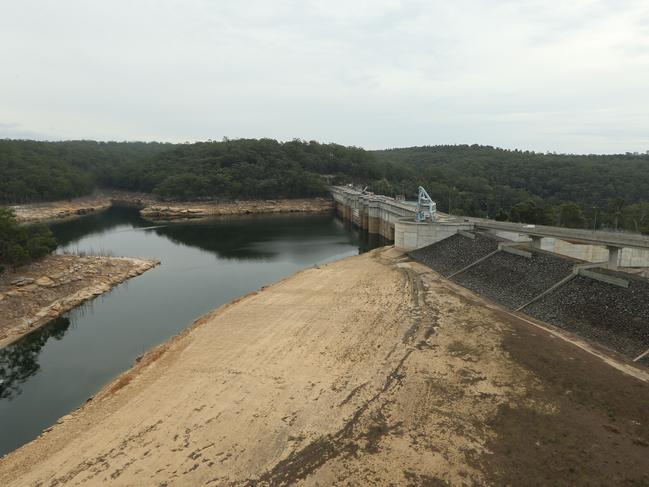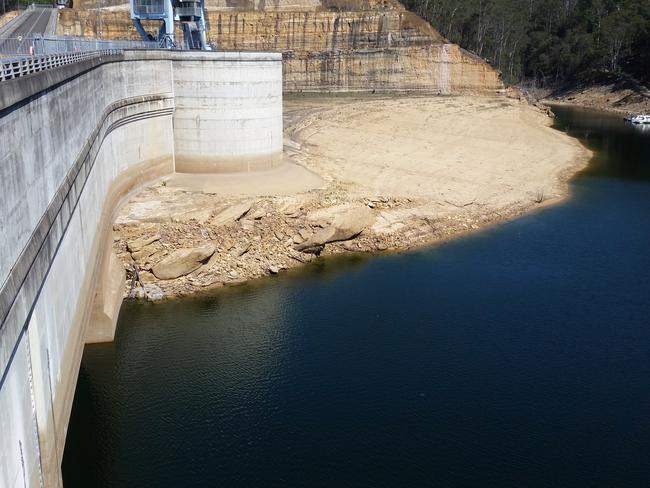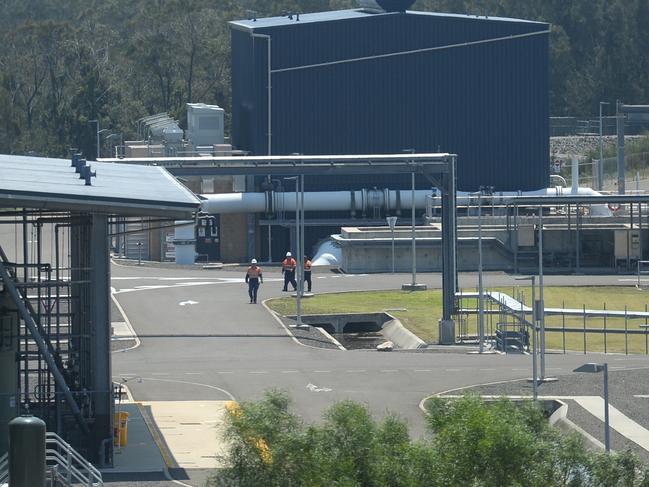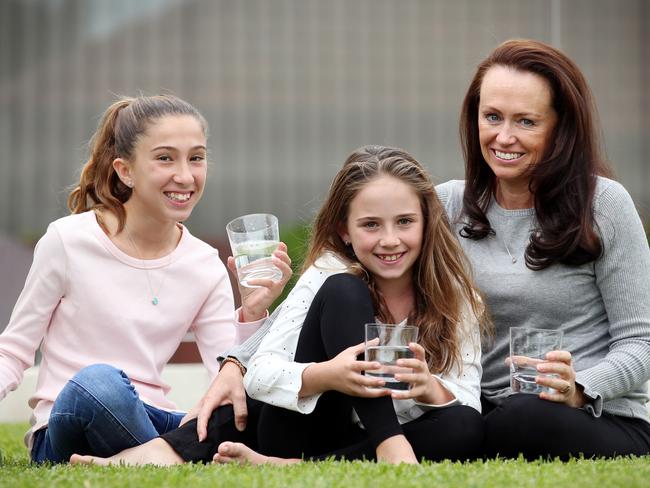Sydney Water says NSW drought will likely trigger water restrictions
Water restrictions will be placed on Sydney households within three months unless dramatic rainfall fills the dams supplying the city. Sydney Water says without a break in drought conditions the city’s dams will be less than 50 per cent by August.
NSW
Don't miss out on the headlines from NSW. Followed categories will be added to My News.
Water restrictions will be placed on Sydney households within three months unless dramatic rainfall fills the dams supplying the city.
Sydney Water says without a break in drought conditions and Sydneysiders becoming more frugal with their water use, the city’s dams will be less than 50 per cent by August.
This would almost certainly trigger level one water restrictions across the greater Sydney area, banning the hosing of driveways and paths and only allowing the watering of gardens before 10am and after 4pm.

The average weekly drop in dam levels during the current drought, which began in April 2017, is about 50 per cent greater than in the millennium drought which devastated NSW from 1997 until 2010.
This is despite the average person using 50L less water per day than the 250L peak used during the millennium drought.
MINISTER REVEALS HOW YOU CAN GET A BIGGER BACKYARD
BILLIONAIRE DEVELOPER “PISSED OFF” ABOUT $5M FINE
Greater Sydney’s 11 dams and reservoirs are at a combined 55.2 per cent capacity and dropping at 0.4 per cent every week.
“Given that we are losing 0.4 per cent every week we could be at that water restriction level within three months — if drought conditions continue,” Sydney Water executive drought lead, Catherine Port, said.
“It has been the exceptionally dry weather. Over the past 18 months we have had record low inflows into our dams and it has been the lowest since the low 1940s.”
Ms Port said the record drops have been despite a reduction in overall demand for water.
“It is simply the lack of rain,” she said.

Dam levels reached 33 per cent in the mid 2000s. People were only allowed to water their garden two days per week and banned from filling pools over 10,000L without permit.
Water panic forced the then State Labor government to fork out $1.803 billion for a desalination plant at Kurnell, which opened in 2010.
After years of laying idle the desalination plant restarted on January 27 this year as dam levels dropped below 60 per cent.
“Once the plant … reaches full capacity — which will be later this year — the average increase in water bills is about $25-$30 per year,” Ms Port said.
At capacity the desal plant can supply 15 per cent of Sydney’s water.
Ms Port said aside from the desalination charge, people’s reduced usage during water restrictions would put downward pressure on bills.

The plant is supplying water to areas between south east Sydney, Auburn and suburbs south of the Parramatta River.
Sydney Water said it is also talking with industry and the “non-residential sector” about possible water restrictions
The Bureau of Meteorology said the three-month outlook for Greater Sydney includes “strong odds” of above average temperatures, which would contribute to evaporation from dams
“For rainfall there is no strong signal either way indicating wetter or dryer conditions,” BOM meteorologist Katerina Kovacevic said.

Sydney Water is encouraging people to water their gardens before 10am and after 4pm, use a trigger nozzle for their hose and use a broom to clean hard surfaces instead of water.
Concord mother of two Rachel Zappia restricts her family to four minute showers, does the clothes washing once a week to maximise loads and ensures her garden is populated with drought resistant plants.
The results have seen the family’s quarterly bills stay around $280 per quarter despite them installing a swimming pool 12 months ago.
“We are all really mindful of our water usage and want to make sure we’re doing our bit to save,” Ms Zappia, 44, said.
Originally published as Sydney Water says NSW drought will likely trigger water restrictions


